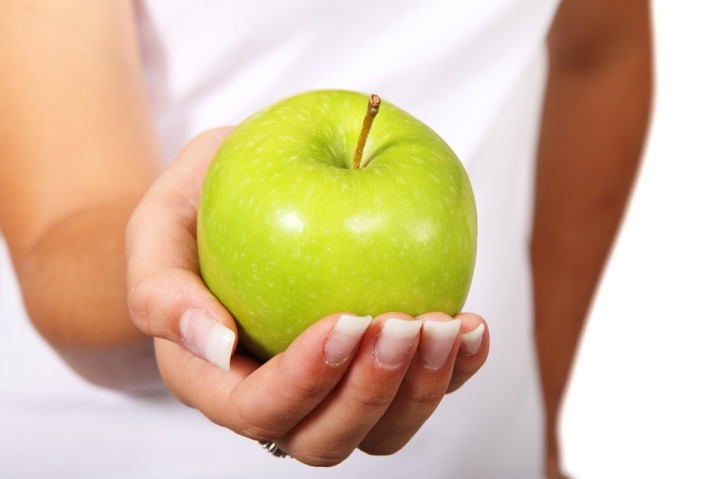
Remember Cynthia? Well, she’s a great co-worker, and you enjoy her company. It’s just that in her effort to reward the team with a good week’s work, she brings her famous 5-layer chocolate cake most Fridays for your team’s end-of-week meeting. You want to eat healthier, but it’s tough changing your eating behaviors when your immediate work environment is not conducive to positive eating behavior. You see, we spend a lot of time at work, and research shows that our environment affects our behavior (Glanz et al., 1995). What does it mean? Well, it means that unhealthy environments do not facilitate healthy behaviors!
So what can you do? Enter Healthy Meeting Guidelines. Healthy Meeting Guidelines were developed by the National Alliance for Nutrition and Activity (NANA). The guidelines are as follows:
Support healthier choices, provide leadership and role modeling and help to create a social norm around healthier choices and behaviors.
Offer nutritious food and beverage options.
Offer recommended servings of fruits, vegetables, and whole grains, especially for all-day meetings.
Place healthier foods and beverages in prominent positions, where they are most likely to be seen and more likely to be chosen.
Post calories in worksite cafeterias and at conferences and meetings when appropriate and/or possible.
Provide reasonable portions of foods and beverages (i.e., avoid large portions).
Consider not serving food at breaks that are not mealtimes; instead, provide physical activity.
Ensure healthier options are attractively presented, appealing, and taste good.
Offer physical activity opportunities that are relevant to the audience and environment to help people achieve at least 30 minutes of physical activity each day.
Provide a tobacco-free environment.
Prioritize sustainable practices when possible, by minimizing waste, encouraging recycling, and sourcing products from sustainable producers.
Evaluate efforts to hold healthy meetings and conferences and make adjustments over time to continue to improve the acceptability and healthfulness of choices.
(National Alliance for Nutrition and Activity, 2017)
Look, some of these guidelines may be unrealistic for you. In some instances, staff didn’t get rid of sweet treats altogether, but the office committed to only bringing in junk food very rarely. Some of my conversations I had with staff from offices that implemented Healthy Meeting Guidelines identified having a champion as a key component to a success roll-out. It makes sense. Changing office behavior is difficult. The champion will excite her peers and frame the guidelines in ways that fit the culture of the office. So what are the initial steps to getting the ball rolling on implementing Healthy Meeting Guidelines?
1) Read more about it! Check out some Healthy Meeting Resources!
2) Talk to you coworkers. A casual conversation about eating healthy during meetings could pique your colleagues’ interest.
3) Find a champion. It might be you! At the same time, it’s worth to have two, or three of you. Wouldn’t it be great to have a group of people who are motivating their coworkers to eat better?
I hope this helps! Let me know if you tried it at your office.
References
Glanz, K., Lankenau, B., Foerster, S., Temple, S., Mullis, R., & Schmid, T. (1995). Environmental and policy approaches to cardiovascular disease prevention through nutrition: opportunities for state and local action. Health Education Quarterly, 22(4), 512–27. Retrieved from http://www.ncbi.nlm.nih.gov/pubmed/8550374
National Alliance for Nutrition and Activity. (2017). Healthy Meeting Guidelines. Retrieved April 18, 2017, from https://cspinet.org/sites/default/files/attachment/Healthy-Meeting-Guidelines.pdf